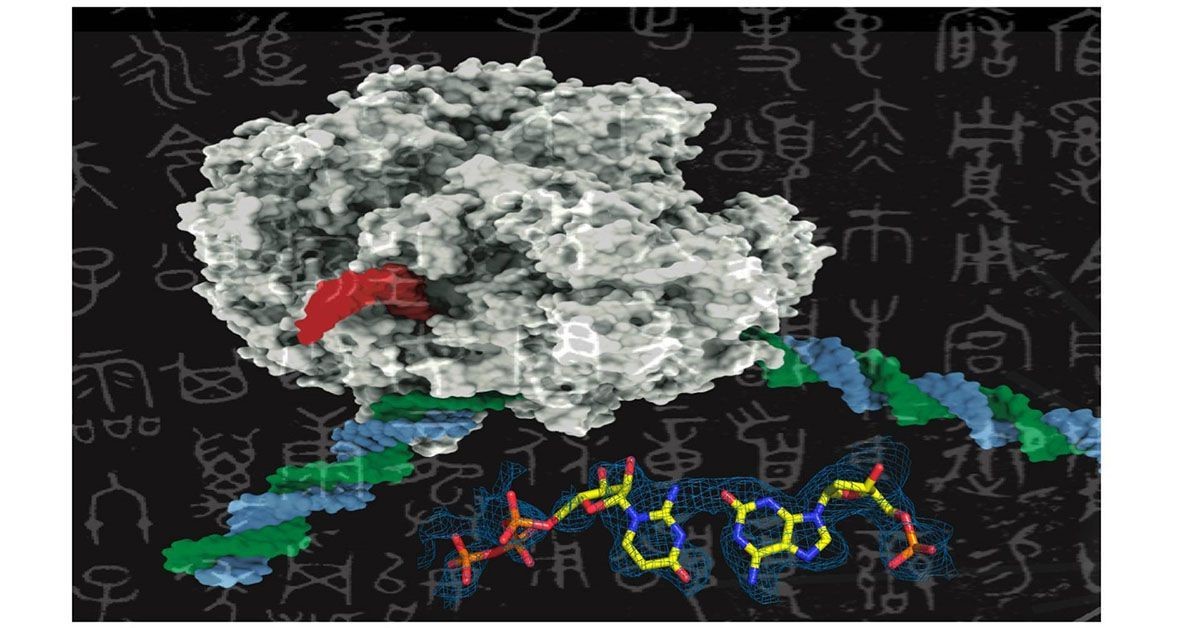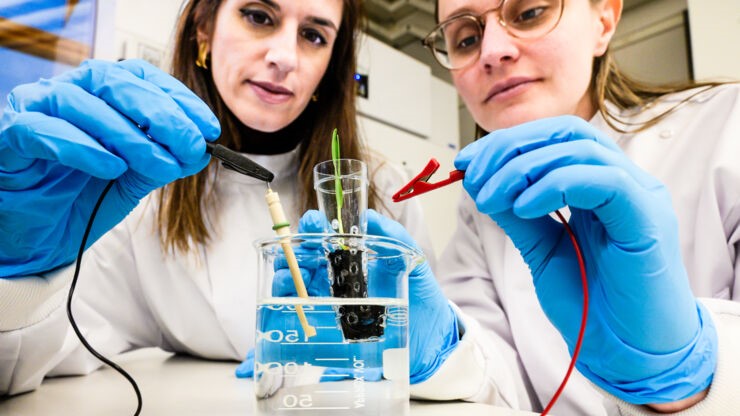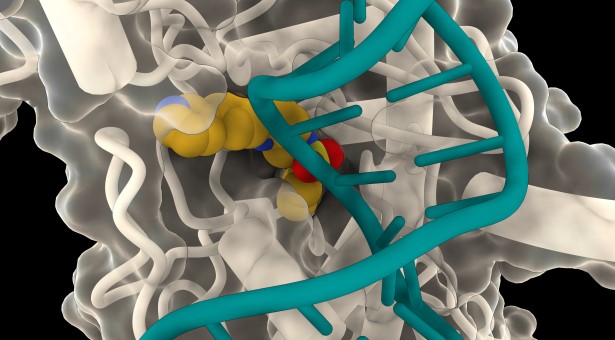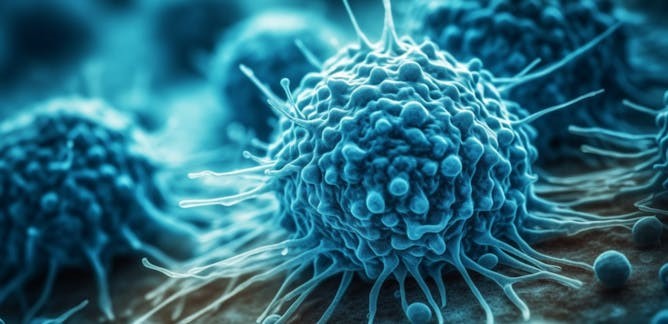Revolutionizing CRISPR Cas9 Genome Editing with Quantum Biology and Explainable AI
In a collaboration, scientists at Oak Ridge National Laboratory (ORNL) have harnessed the power of quantum biology, artificial intelligence (AI), and bioengineering to enhance the efficiency of CRISPR Cas9 genome editing tools. This research, led by Carrie Eckert, the leader of ORNL's Synthetic Biology group, addresses the challenges of applying CRISPR technology to microbes, a domain with distinct chromosomal structures and sizes.

Figure 1. Proposed Method. (Credit: Philip Gray/ORNL, U.S. Dept. of Energy)
Figure 1 shows ORNL scientists developed a method that improves the accuracy of the CRISPR Cas9 gene editing tool used to modify microbes for renewable fuels and chemicals production. This research draws on the lab’s expertise in quantum biology, artificial intelligence and synthetic biology.
The CRISPR Cas9 Challenge
While CRISPR is a potent bioengineering tool, existing computational models for predicting effective guide RNAs were primarily developed for mammalian cells and model species. This limitation posed difficulties when applied to microbes. The researchers at ORNL noticed discrepancies in the behavior of CRISPR Cas9 machinery when working with microbes, prompting them to explore innovative approaches.
Quantum Biology Insights
To enhance the modeling and design of guide RNAs, ORNL scientists delved into quantum biology—a field that explores the interplay between molecular biology and quantum chemistry. By investigating the electronic structure's effects on nucleotides, the building blocks of DNA and RNA, the team gained insights into the reactivity and stability crucial for the Cas9 enzyme-guide RNA complex.
Explainable AI: The Key to Precision
The scientists developed an explainable AI model, named iterative random forest, trained on a dataset of approximately 50,000 guide RNAs targeting the E. coli bacteria genome. This model considered quantum chemical properties, providing a deep understanding of the molecular mechanisms influencing guide RNA efficiency. Notably, this approach allowed researchers to avoid the "black box" nature of deep learning algorithms, providing transparency and interpretability.
Validation through CRISPR Experiments
The AI model's predictions were validated through CRISPR Cas9 cutting experiments on E. coli using a selected group of guides identified by the model. This validation process confirmed the reliability of the explainable AI model in improving guide RNA design for microbial species.
Implications and Future Directions
The application of quantum properties in guide RNA design opens doors for improving CRISPR Cas9 tools across various species. Beyond microbial applications, this research holds implications for drug development and other fields where precise genome targeting is crucial. ORNL's synthetic biology team plans to collaborate with computational science colleagues to further refine the microbial CRISPR Cas9 model using additional experimental data and diverse microbial species.
The integration of quantum biology and explainable AI marks a significant leap forward in the realm of CRISPR Cas9 genome editing. By unraveling the molecular intricacies at the cellular level, scientists at ORNL have not only enhanced guide RNA design for microbes but paved the way for more accurate predictions across diverse organisms. This research not only accelerates functional genomics studies but also aligns with broader goals of advancing bioenergy feedstock plants and bacterial fermentation of biomass. As we delve deeper into the world of genome editing, these advancements promise a more precise and efficient CRISPR toolkit for the benefit of scientific research and biotechnological applications.
Source: DOE/Oak Ridge National Laboratory
Cite this article:
Hana M (2023), Revolutionizing CRISPR Cas9 Genome Editing with Quantum Biology and Explainable AI, AnaTechMaz, pp. 241















